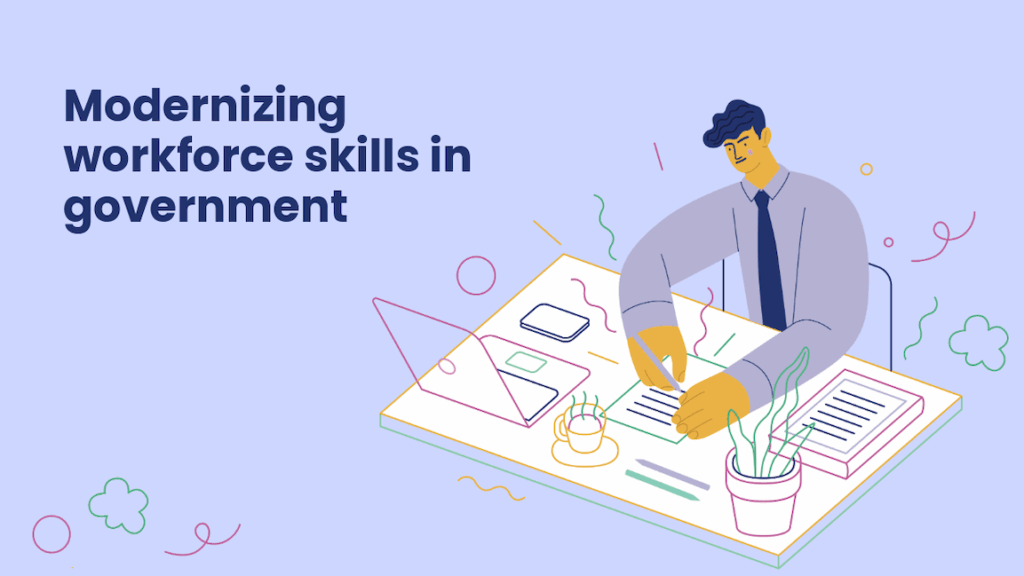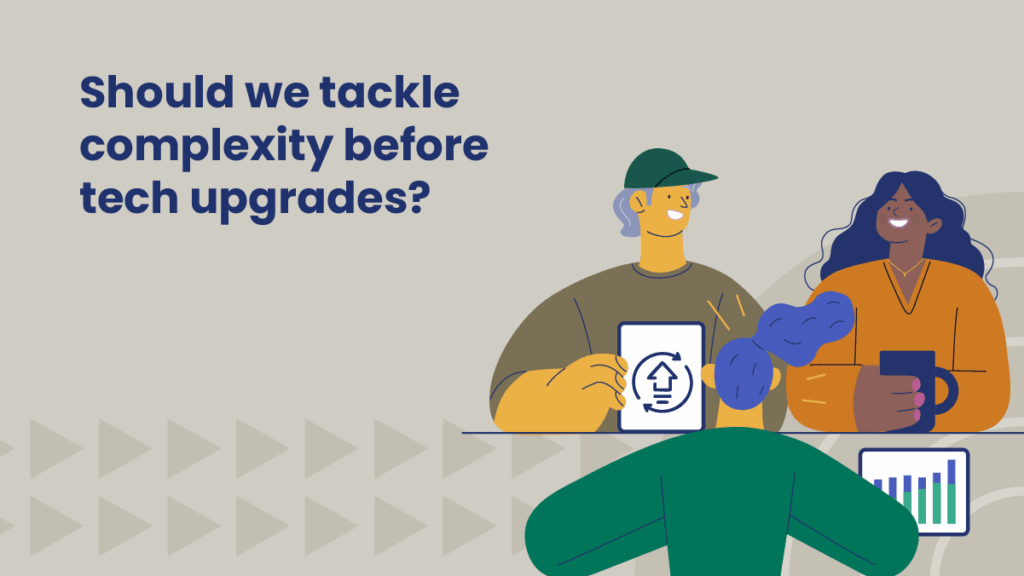How do your residents manage government utility bills?

Municipal utilities such as water, refuse and sewer pickup are so essential that residents set reminders for their bill due dates.
Revenue from utilities forms 25% of the income of state and local governments, according to the National Association of State Retirement Administrators. Simplifying utility payment options and enhancing the constituent experience is vital since digitization can vastly improve public service and revenue generation for local governments.
Key takeaways:
- Utility bill automation allows government agencies to conserve resources and consolidate processes.
- Government institutions can improve constituent experiences through utility billing software.
- A purpose-built government platform can help agencies develop custom communication tools for updating residents on utilities and facilitate government digital transformation.
Government digital transformation efforts in the utility sector have opportunities for improvement
A utility billing software is a solution that enables providers to charge consumers for given services such as refuse collection, water and electricity based on the amount they consume.
According to Deloitte’s global industry 4.0 survey, the majority of energy leaders believe that digital transformation should be a top priority. Despite this consensus, utility companies have made only moderate digitization achievements, per a study by Mckinsey. Paper-based workflows, aging technologies and new ecosystems are slowing down digital transformation in the utility industry.
Here’s how:
Paper-based workflows
Utility processes often include manual methods such as phone calls to confirm consumption readings and recordkeeping with pen and paper. Manual workflows can lead to inconsistent data, safety concerns and huge backlogs. Since these processes are a significant part of the sector, intentional change management efforts are needed to drive digital transformation.
Legacy technology
Existing infrastructure in the utility sector supports the manual processes in force, which are highly susceptible to security breaches such as the Oldsmar attack. Utility leaders need to prioritize the replacement of legacy technologies with new systems that can anticipate threats such as cyberattacks.
New ecosystems
Utilities need to be reliable, stable and secure. While these are fundamental requirements, utilities need to meet increased customer expectations and face emerging competitive threats because of technological advancements. Companies in other sectors such as finance, education and transportation adopt agile and innovative approaches in service delivery such as prepaid cards for transport and contactless payments for in-person purchases, which make utilities pale in comparison.
How can a utility billing system enhance residents’ experience and support digital transformation?
Through a partnership with PayIt, the City of Grand Rapids, Michigan, has been able to offer its constituents an all-in-one platform for utility bill collection. This digital solution, GR PayIt, also provides other essential city services such as property tax collection, 311 and community development loan payments.
In addition to going paperless and paying for utilities online, billing software enables your residents to:
- Save preferred payment methods in a digital wallet. Constituents can choose a preferred payment method such as debit or credit card, ACH transfers or external wallets.
- Use bots to find answers. Enable self-service by saving answers to frequently asked and other possible questions so that customers can resolve issues quickly.
- Link several bills. Residents can pay for multiple government utility bills such as water and electricity on one platform. You can also provide a single checkout experience to residents by linking multiple services to one account
- Pay for utilities automatically. Residents can schedule payments in advance for utilities that charge a flat fee.
- Get receipts all in one place. Users can save receipts for all utilities the government offers on a single platform, which makes it easy to retrieve and calculate expenses accurately.
Deploy utility billing software to improve your department’s service delivery
Aside from government workflow automation, which saves time and allows agents to focus on important tasks, utility software streamlines payment processing and boosts customer compliance.
GR PayIt recorded a total of $149.43 million in online utilities revenue for the City of Grand Rapids within four years of launching. The city also recorded a 27% increase in online revenue from refuse between 2019 and 2020. Residents can even go paperless by receiving electronic notices.
Utility billing software is beneficial for government agencies as it provides the following capabilities:
- Having a purpose-built user interface. In support of digital government transformation, agencies can embrace technological trends and provide user-centered experiences with a streamlined platform.
- Promoting transparency and organization. Features such as integrated reporting provide a clear view of inflows, billing and customer compliance rates, which are essential in sharing information with other relevant government agencies.
- Saving time with resident support and reducing in-person appointments. User guides available on digital municipal utility payment solutions enable support agents to attend to more complex cases. Government staff can also have more time to focus on essential tasks due to lighter traffic at utility offices.
- Simplifying management for your government workforce. Institutions can manage multiple constituencies from a single location, which promotes a unified experience for all residents.
Boost municipal utility payment compliance with PayIt
A purpose-built GovTech solution enables agencies to offer modern and convenient methods for service delivery and allows constituents to interact with the city as they see fit. These capabilities improve resident experience and compliance with notifications and bill payments.
Book a demo with PayIt’s expert team to see how you can create a streamlined government platform for your agency.
Frequently Asked Questions
What other functions can PayIt customize for my city in addition to utility payments?
Depending on the needs of your constituency, PayIt can create a solution that allows residents to pay for motor vehicle fees, property taxes, tolls and court citation fees in addition to municipal utility payments. Your residents can also schedule appointments, view transaction history and store account information to ease subsequent interactions with your department.
How will PayIt manage robust constituent data while providing an easy-to-use system?
PayIt connects to your existing systems through flat file or API integrations to enable seamless data management. In addition, PayIt’s GovCloud solution comprises simple and modern technology such as mobile apps and web applications that are user-friendly and familiar to constituents.
What kind of administrative capabilities can PayIt provide to government agencies?
Government agencies can enjoy robust reporting and carry out data-driven targeting during a payment cycle through a partnership with PayIt. These capabilities are features of the ProSight administrative portal that offers 24/7 real-time transaction data. Learn more about this management tool by reading our utility solution guide.
Looking for more content?
Get articles and insights from our monthly newsletter.




